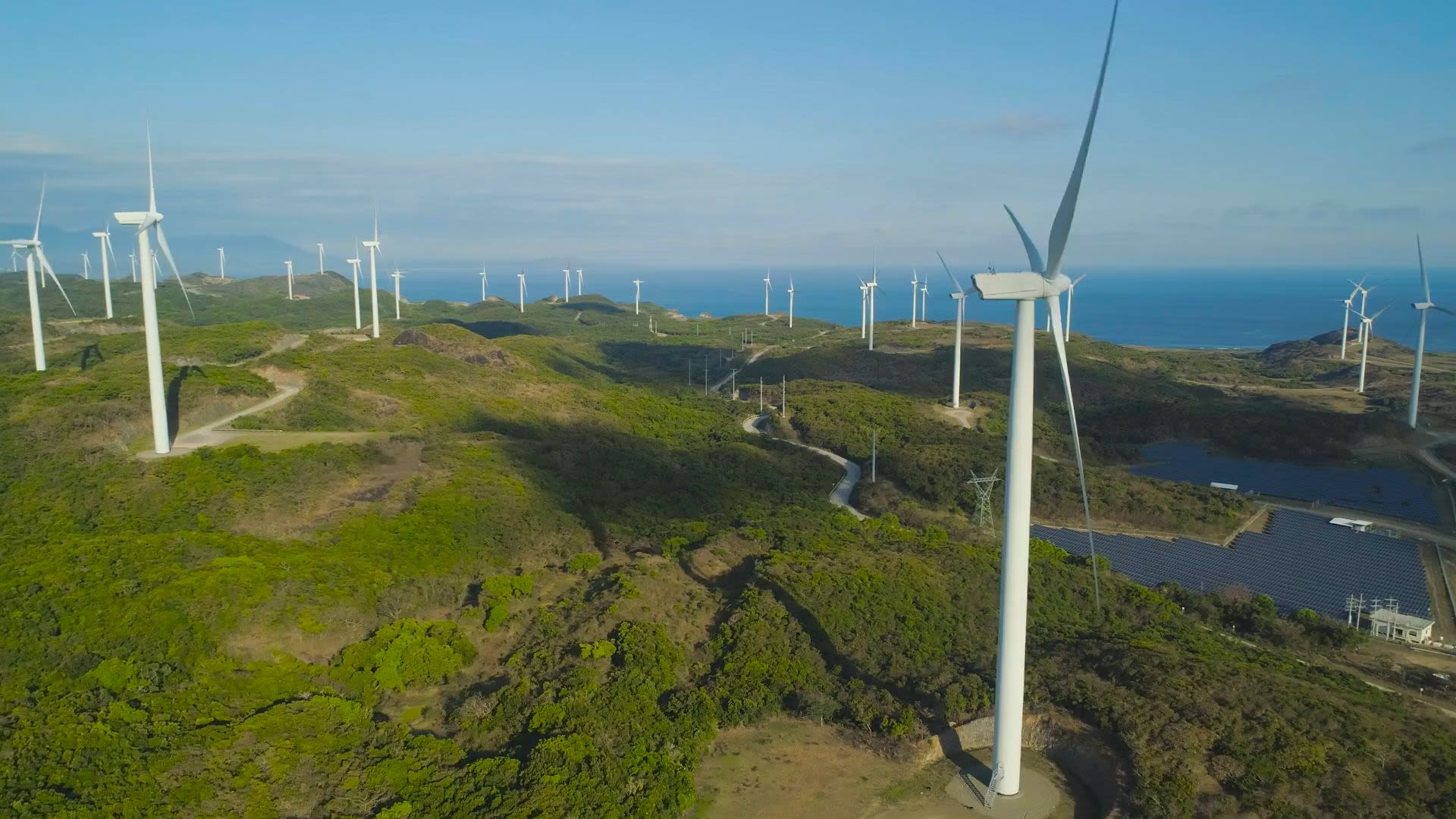Three factors that will shape the future of power

Europe's move away from Russian gas sparked by the war in Ukraine has ushered in a global energy crisis that has left electricity prices high; with energy security now threatened, power has become a significant priority in many countries.
In Europe, policymakers and regulators are actively debating how to lessen the negative economic effects of high energy prices and keep costs low for consumers and businesses. They also rushed to secure energy supplies by making sizeable investments in infrastructure related to fossil fuels. That includes reopening mothballed coal-fired plants and constructing liquefied natural gas (LNG) terminals. However, with high-intensity heat waves predicted to occur more frequently, more nuclear facility shutdowns scheduled for 2023 and further Russian gas import reductions anticipated, volatility in the power market will likely continue in the coming years.
As electricity demand continues to rise and supply is not keeping up, market participants must know what lies ahead to adjust to the market's uncertainty and rising prices.
Here are three main factors that will shape the future of power:
The energy transition vs the energy crisis

As the energy crisis has emerged, so has the need for energy security; this pressing need has seen the transition experience some setbacks. An example is the UK, which saw the approval of the first new coal mine for 30 years last year and more recently extended a coal-burning power facility for two more years.
In fact, Germany, Italy, the Netherlands, Greece, Hungary, and the UK have all announced plans to either extend the life of coal plants, reopen those that have been shut down, or raise the limit on coal-burning hours.
However, European Nations remain committed to the energy transition. In its Electricity Market Report 2023, the International Energy Agency (IEA) noted that the setback in the European Union, which saw the highest percentage growth in CO2 emissions of EU power generation since the oil crises of the 1970s, was only temporary. Power generation emissions are expected to decrease by about 10% annually through 2025.
The REPowerEU Plan details Europe's ambition to boost the energy transition through diversifying energy supplies and hastening the deployment of renewable energy to replace fossil fuels in power generation.
Intermittency

Wind and solar energy will become significantly more prevalent in Europe's power mix. These renewable energy sources, essential to Europe's decarbonisation efforts, are anticipated to supply 60% of the continent's energy capacity by 2030.
Investment in smart grid technologies may quicken the pace of reliability, resilience, flexibility and stability improvements. Strong, renewable energy adoption is increasingly hindered by grid congestion, and significant infrastructure improvements require significant time and financial commitment. This is a limiting factor for developing renewable energy in Europe and many other regions.
This may prove difficult as policymakers, supervisors and developers of renewable energy sources will have to deal with several obstacles, such as shortages of suitable land and workers with the necessary skills, ongoing supply chain problems and a lack of raw materials. The gap between peak electricity loads and the dispatchable power capacity that can be turned on to meet it will be determined by the development of new capacity.
The new rules

In order to prevent future price volatility, balance the needs of consumers and producers and promote investment in new generation capacity, the long-term redesign of Europe's power market is imperative. European policymakers and regulators are also thinking about a number of longer-term options to fundamentally alter how the EU's energy market functions, in addition to immediate and short-term actions to reduce prices for energy consumers.
Following a public consultation, the European Commission presented a plan to reform the EU's electricity market design. The reform aims to strengthen the EU energy market and better protect European consumers' and businesses' energy bills from short-term market price swings.
The Commission proposes four instruments that EU countries could use to support investment in parts of the power system:
- Support for private long-term contracts between producers and consumers, with governments shouldering some of the risk associated with these contracts.
- Permission for governments to provide long-term price guarantees for non-fossil investments through contracts for difference. Electricity producers would receive a fixed price for these. If market prices are lower than the fixed price, producers would receive a top-up; if market prices are higher than the fixed price, producers would pay the difference to the government, which will then compensate consumers.
- Forward markets with more fungible products would be encouraged.
- National flexibility support schemes would be launched that compensate providers of demand side response and storage capacity.
Keeping up with power
Gain insight into the future of power markets to help you navigate volatility and uncertainty with comprehensive analysis that considers the complexity and interconnected nature of the power, gas and carbon markets.
Author:

Ropafadzo Mugadza is a content writer at ICIS, working across energy, chemicals and sustainability to tell the story of market movements.
She has previously worked as a writer and content strategist in the fields of green infrastructure, sustainable development, and environmental technology.
Related content
Speak with ICIS
If you would like to find out more about how we can work together to bring you actionable insight to support quality decisions, get in touch with us today. Fill in your details, submit the form and a member of our team will contact you.


